When we talk about core training, everyone assumes we’re talking about the front abdominals – the six pack. And if you do Pilates, you’ve heard of the transversus abdominals and maybe the pelvic floor too. However, the core really refers to the entire trunk of the body, and this means the sides and the back as well.
In many of our Mobility Fitness Assessments with new students, I’ve seen that the bulk of the population has really weak sides and back, and this is what Spine Researcher Dr Stuart McGill has mentioned to be the cause of a lot of back pains: an unbalanced core.
If someone is weak, but they are weak all over, they have a “balanced” core. These people are less likely to get back pains when compared to someone who has a strong front core and weak sides and back (unbalanced).
A muscularly balanced, but weak person might get strained from sudden exertion if they’re not prepared for load bearing. However, a muscularly imbalanced person is likely to already have compensations in their body. This can cause the spine to be out of balance and place stress on the spine, which can cause back pain.
The key is to evenly strengthen the muscles in our front, sides and back so that we are evenly supported in the trunk!
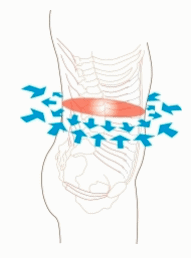
Most people focus on the front abdominals – crunches and front planks are the most common abdominal exercises I’ve seen in gyms, boxing studios and even some “core training” group classes in major gyms too. Everyone likes feeling that burn in the front abdominals from repetitive contractions to sculpt that six pack abs. And it’s always the front core because we idealize the six-pack.
But what I wish for everyone to know is that having a six-pack doesn’t mean that you have a strong core. It also doesn’t mean that you won’t get back pains. It serves no functional purpose for the human body – except that it is currently considered to be visually and aesthetically pleasing.
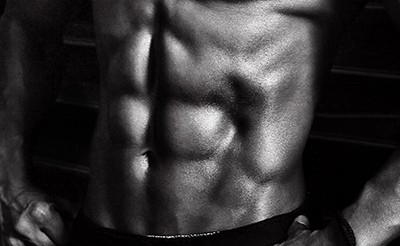
If you or someone you know suffer from back pains, you might want to check out Jerry’s Get Back on Track workshop.
Although I haven’t really suffered from low back pains, I have noticed in my training that my right oblique is significantly weaker than my left, and my right back extensors are also obviously stronger and more dominant than my left (oblique sling system, this is a rotational weakness!)
A few months ago, I fell while kicking up to a handstand and did a backflip, landing on my right butt and crushing a plastic wastepaper basket. I’d never been injured before, so I was extremely annoyed with how I was suddenly handicapped. No more boxing, no more rock climbing.
My QL had seized up and tightened in an effort to protect my body and stabilize my spine and pelvis that it was making my (right-side) lower back hurt, making walking and standing unbearable.
I’d already known that my right oblique was significantly weaker than my left and my front abdominals but it was during this time while I was hyper aware of my right lower back that made me realize that this injury was probably my body’s way of telling me that it really is time to start taking my obliques training a lot more seriously 😐
If you’re looking to find out what your own muscular imbalances are (whether it’s because of an existing back pain or not), sign up for a Mobility Fitness Assessment to get more details on what parts of your body you need to be working on.
In the meantime, start adding obliques and back extensor training to your fitness program to make sure you won’t end up with an unbalanced core!
View this post on Instagram
References:
Dr Stuart McGill
ArcHealth
ShareCare
Coconuts and Kettlebells


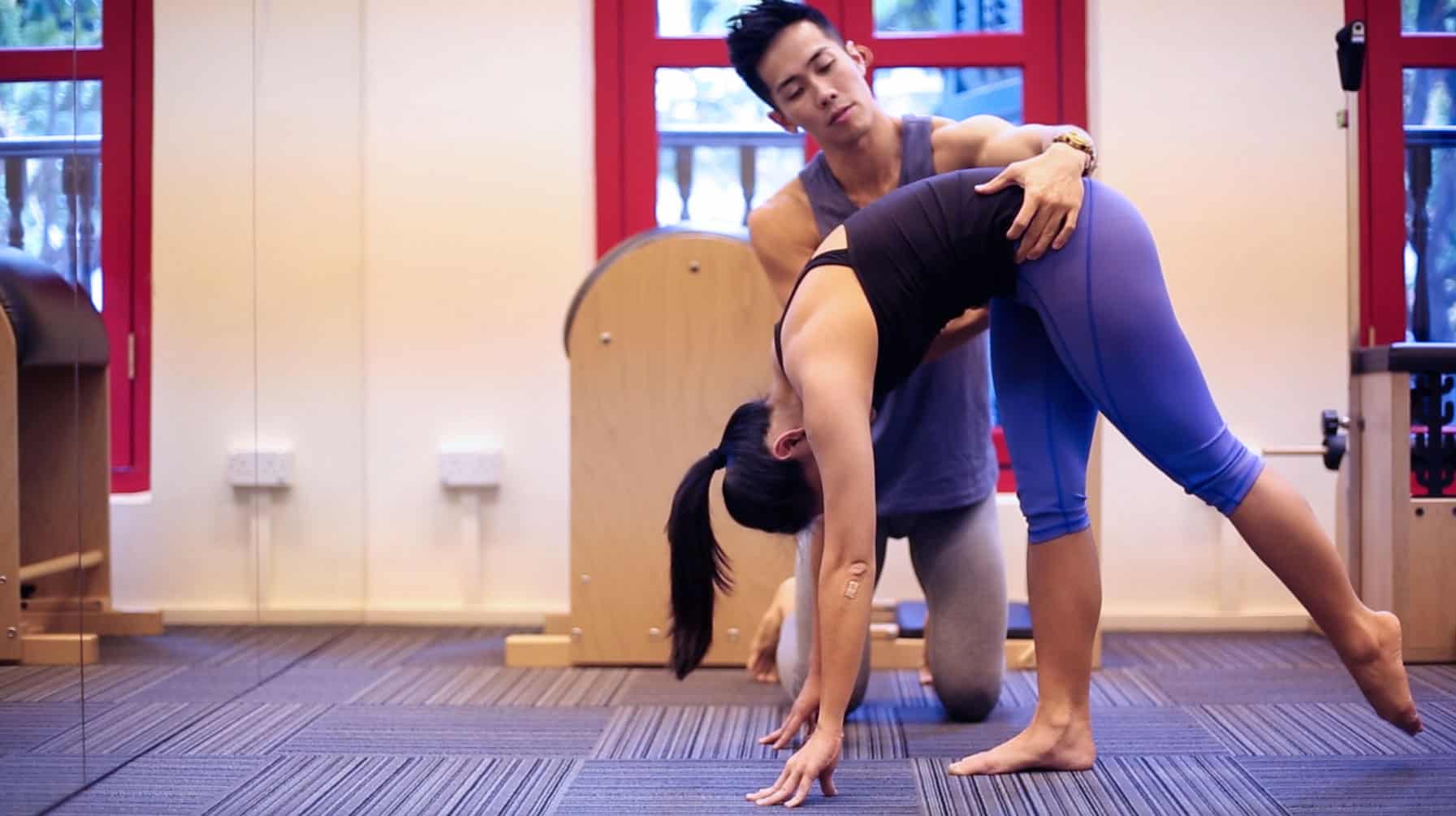
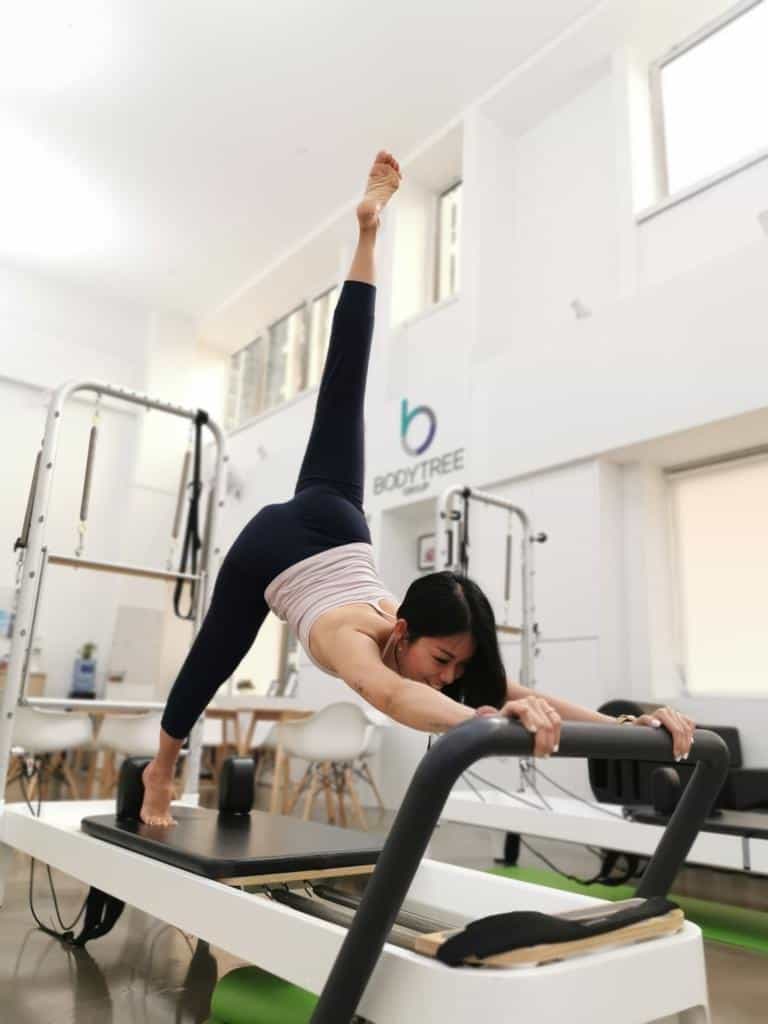
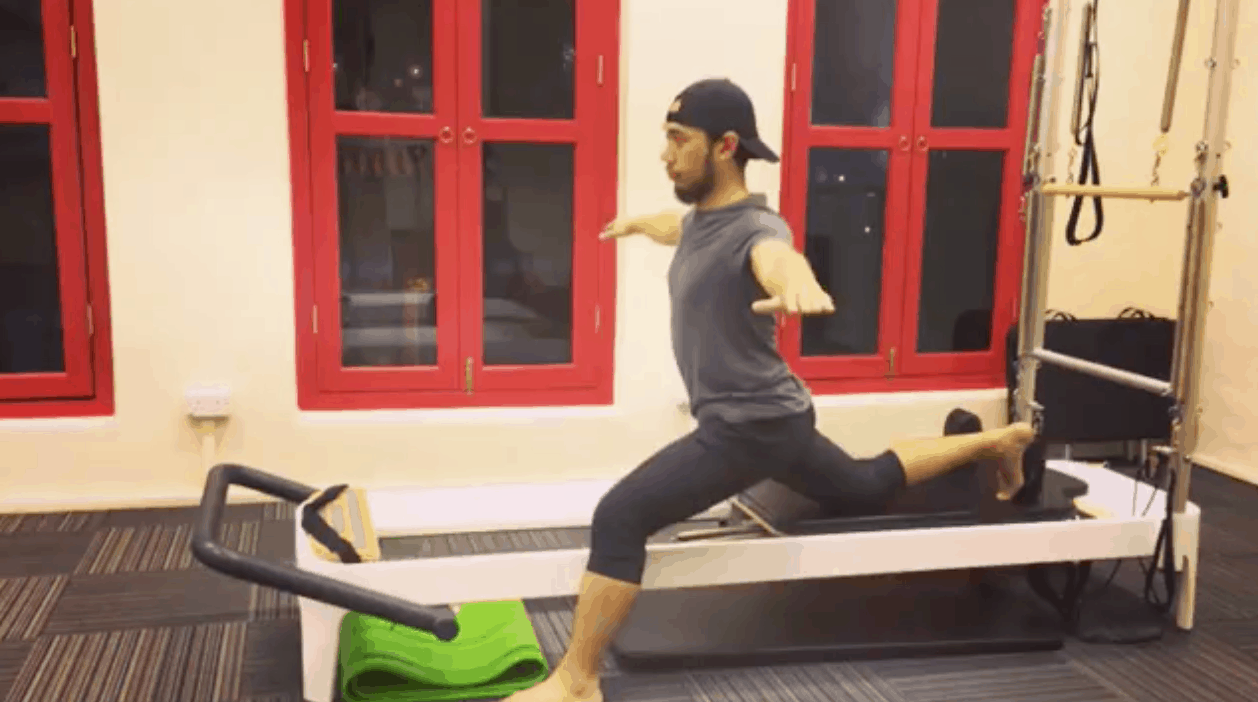
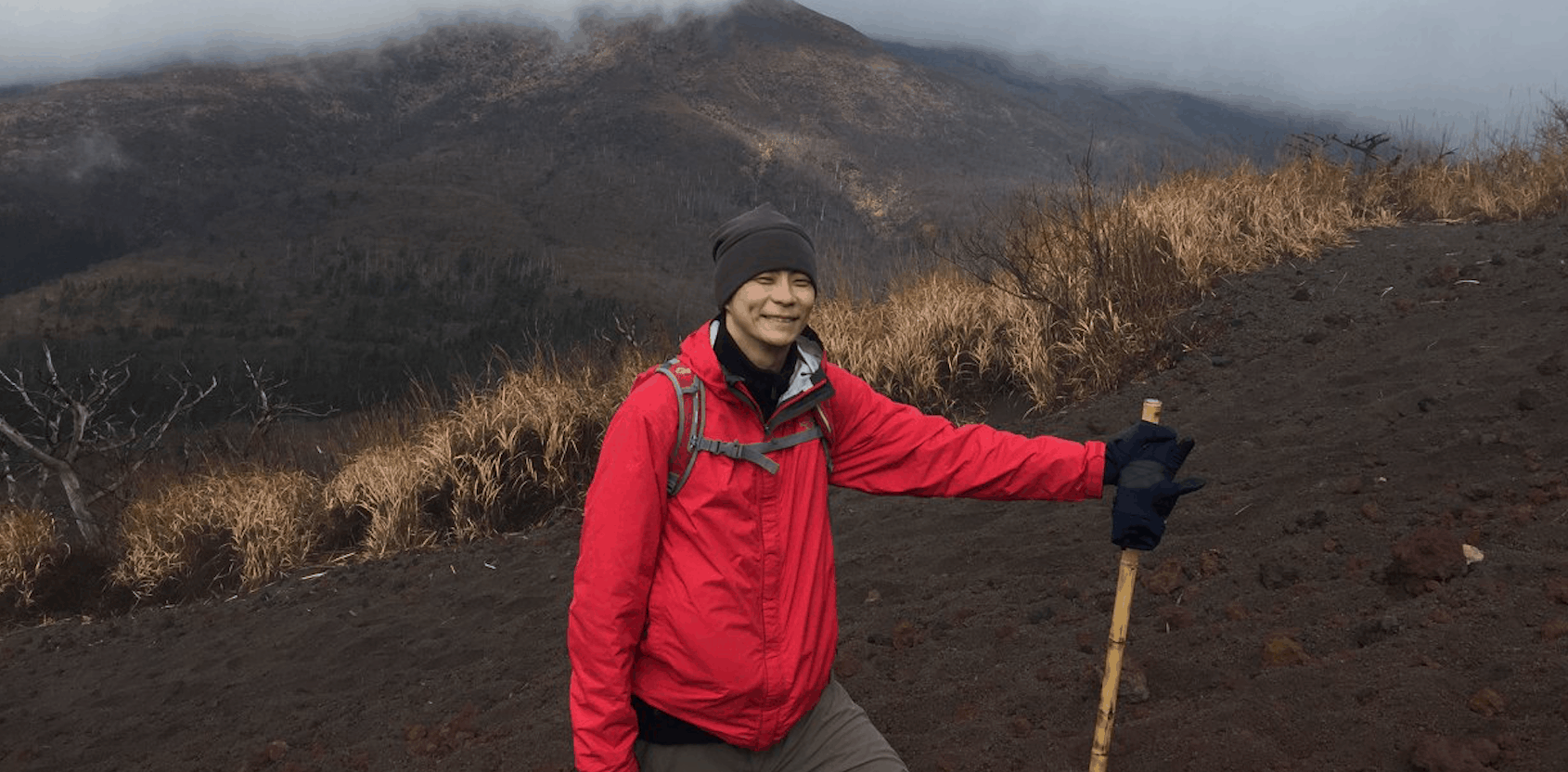
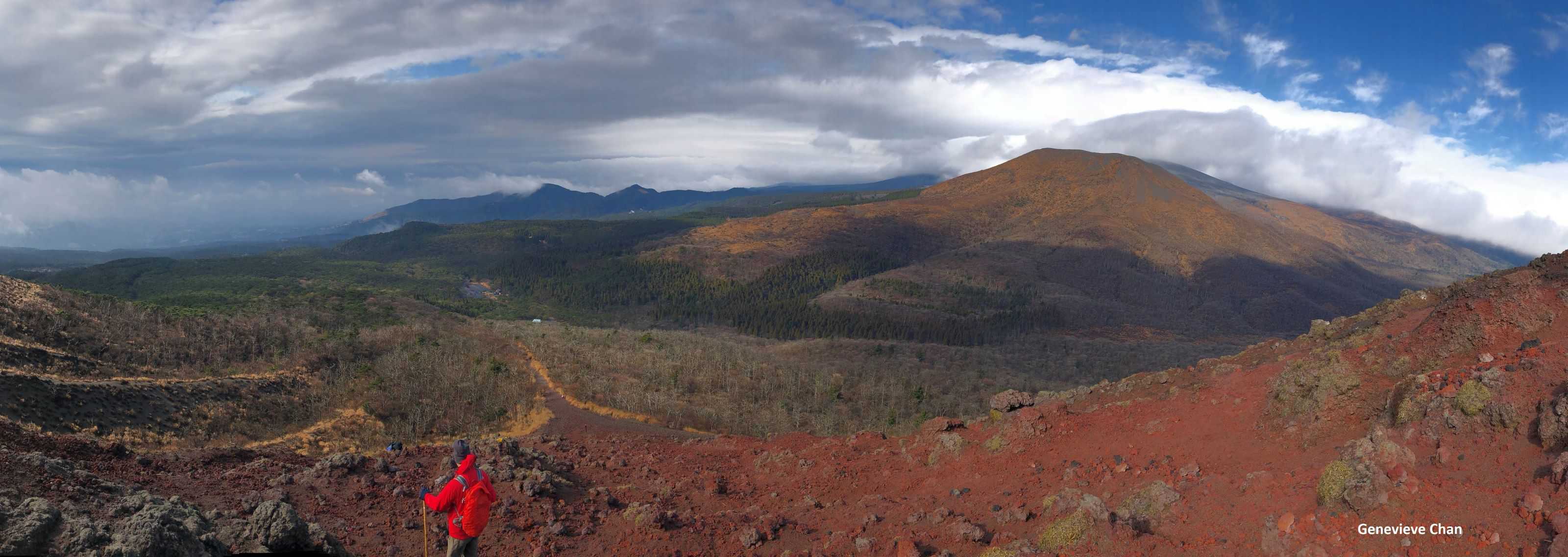
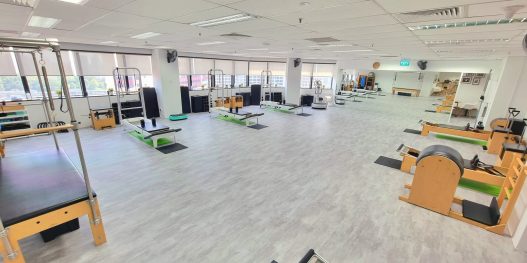
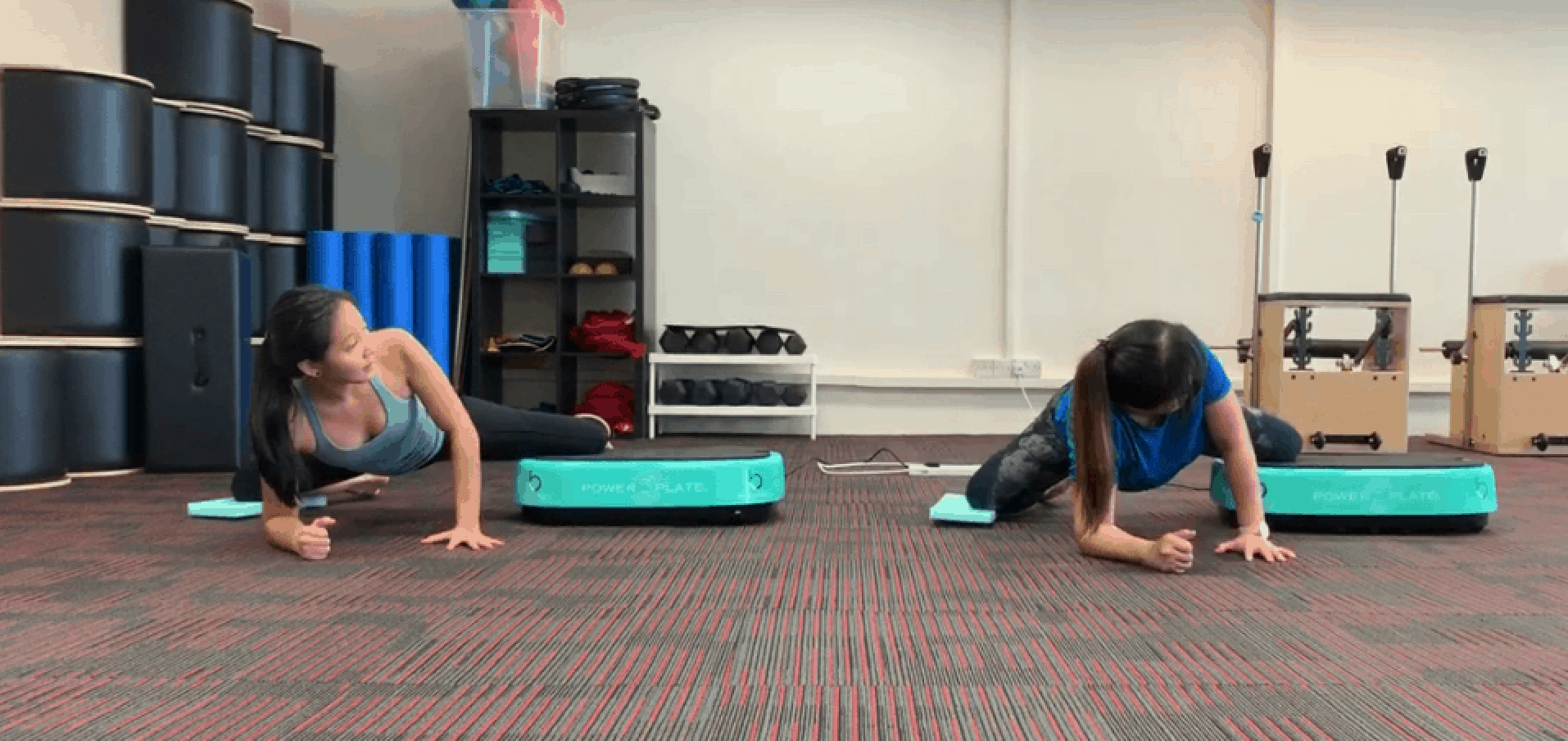
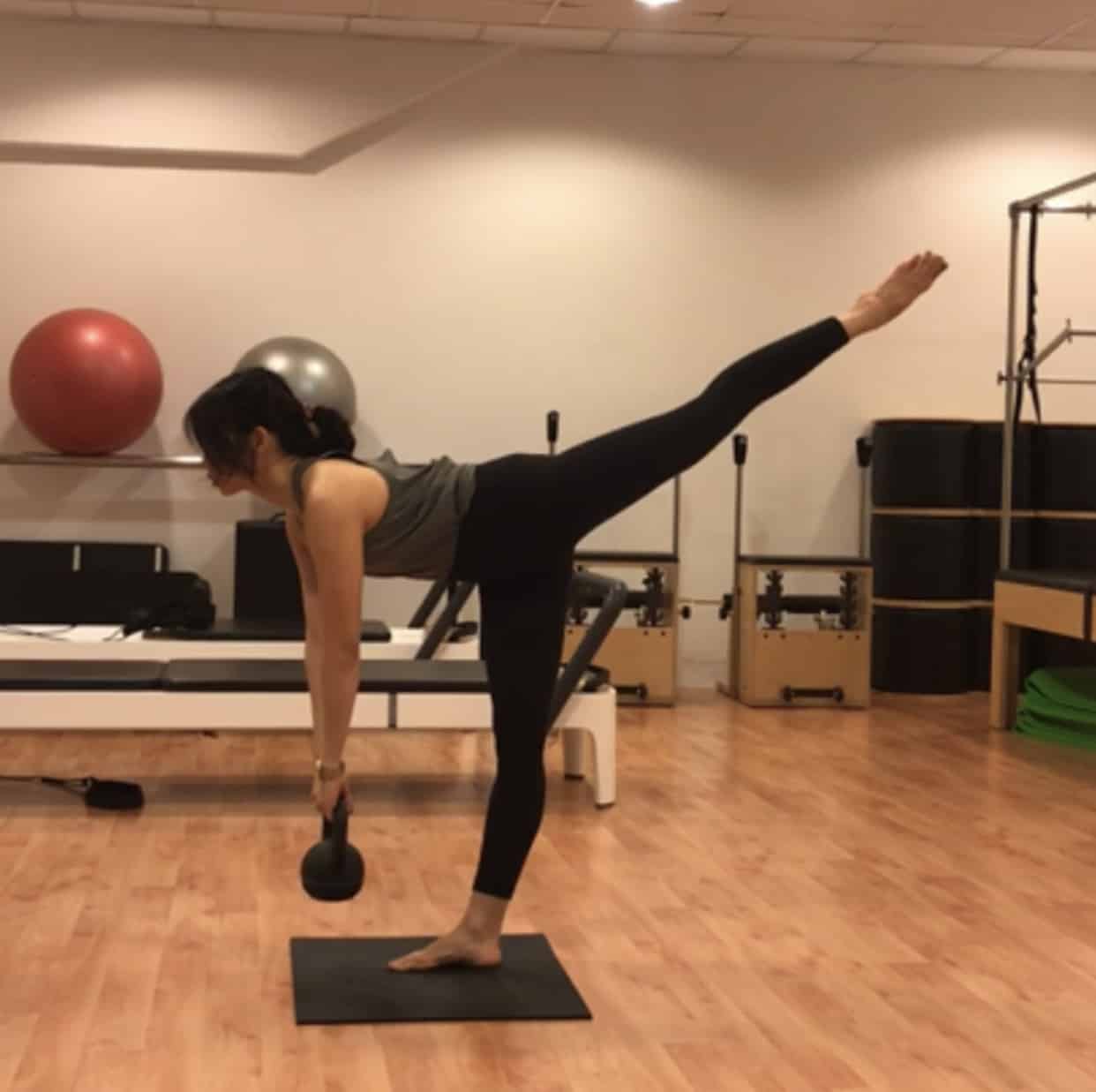
Pingback: 4 tips you need to burn it up at the Barre - Pilates BodyTree